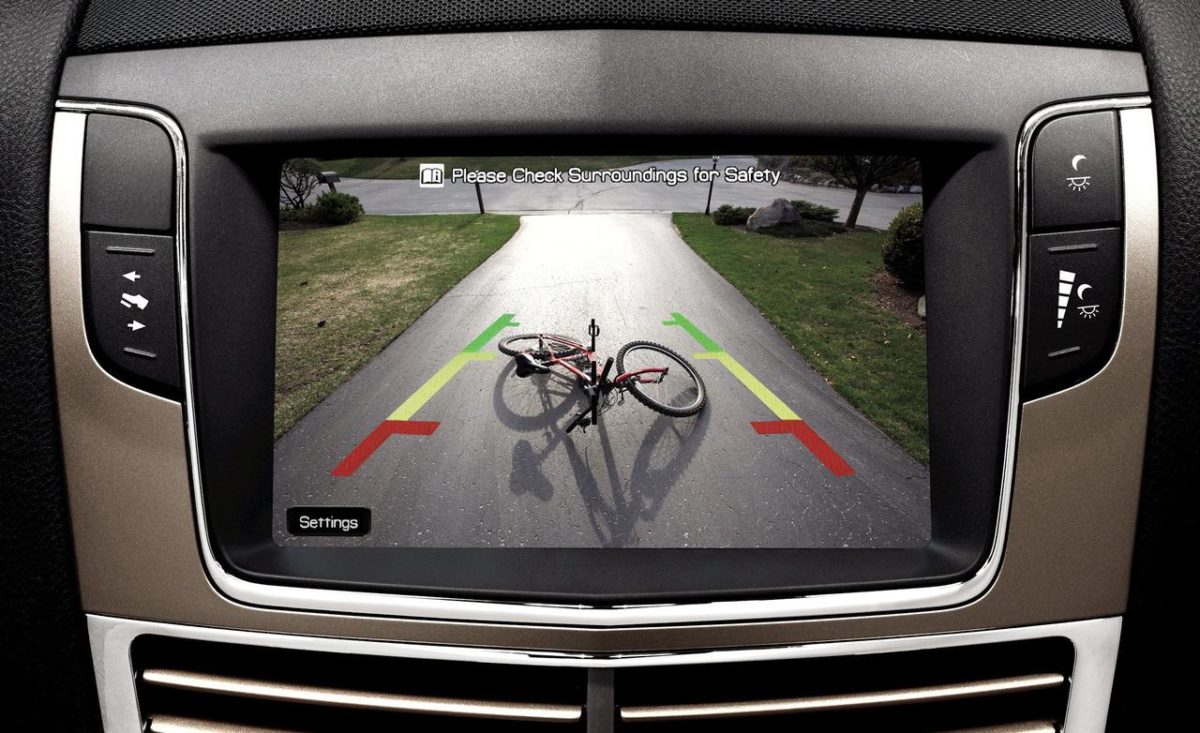Rearview Cameras – Now standard equipment in many new cars

The statistics are pretty grim — on average 300 people a year die after being hit by cars backing up and 16,000 are injured, according to the U.S. National Highway Traffic Safety Administration (NHTSA). About one-third of those fatalities involved children aged 5 or younger and another third involved people 70 or older.
In many cases, the drivers are unaware of the person’s presence due to blind spots behind the vehicle which traditional rear-view mirrors do not adequately account for. Pets and children are particularly susceptible as their smaller statures make it difficult for drivers to see, especially at night.
While there aren’t any similar statistics in Canada, it is safe to say that countless accidents can also have been avoided by a combination of proper driver attention and driver aid technology.
Fortunately, simple and relatively inexpensive rearview camera technology can now make backing up safer by significantly improving drivers’ visibility.
A February 2008 bill signed into law by President George W. Bush gave the NHTSA a deadline of 2011 to create a rule to require rearview cameras for all cars. Although NHTSA has now said that they require till 2015 for further investigation, many manufacturers are already equipping their vehicles with rearview cameras as optional, if not standard equipment.
Since Transport Canada tends to mirror the rules from its US counterpart, happily, many of our Canadian specification vehicles are likely to follow suit as well when this law comes into effect.
In the dark and rainy months frequently experienced by Lower Mainlanders, the rearview camera can also help to avoid costly repair bills to the rear body panels.
With typical bumper repair jobs ranging from $500-1000 after repainting or at the very least the standard ICBC deductible ranging from $300-500, the rearview camera can potentially pay for itself and then some if it helps you to avoid just one unfortunate accident!
A few of examples of vehicles that already include rearview cameras as standard equipment include the 2014 Honda CR-V, Odyssey, Pilot, and the 2014 Toyota Highlander.

But even inexpensive compact cars such as the 2014 Mazda3 are equipped with rearview cameras as standard equipment in certain trim levels.

In many of these vehicles, you don’t have to even have to have the optional navigation system to enjoy the safety benefits and convenience of the rearview camera.
The Honda CR-V, for example, displays the live feed from its multi-view camera on its i-MID (Multi-Informational Display) screen. If the vehicle is equipped with the navigation system, the video image will be even larger due to the significantly larger screen size.

As always, the rearview camera is only intended to be a supplemental aid to the rearview and side mirrors and is no substitute for proper driver attention to the surroundings.
Nonetheless, they are an important new safety addition to cover the blind spots directly behind the vehicle and below the window line, especially for SUVs that all have higher driver seating positions and more visibility issues.
With any luck, these rearview camera systems will soon be as ubiquitous as ABS and airbags in all cars in the not too distant future! In the meantime, be sure to test out the increased visibility the next time you go for a test drive.



















